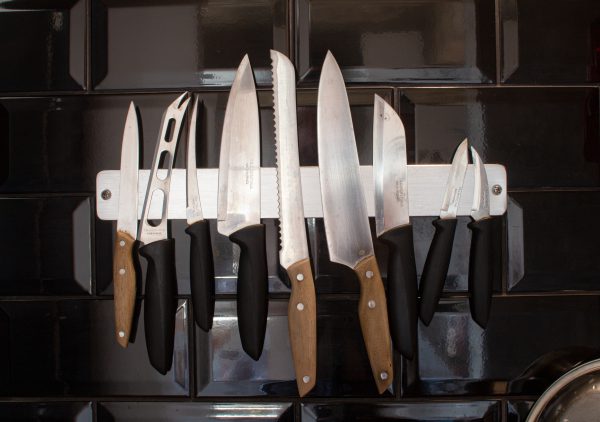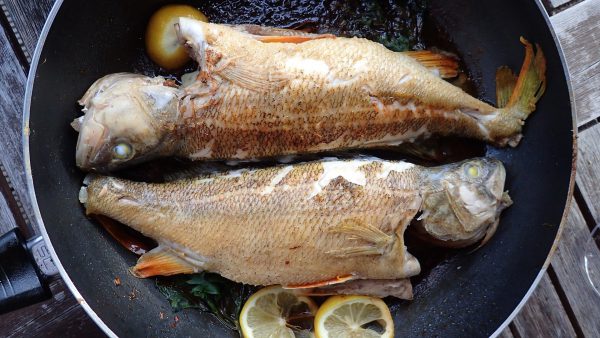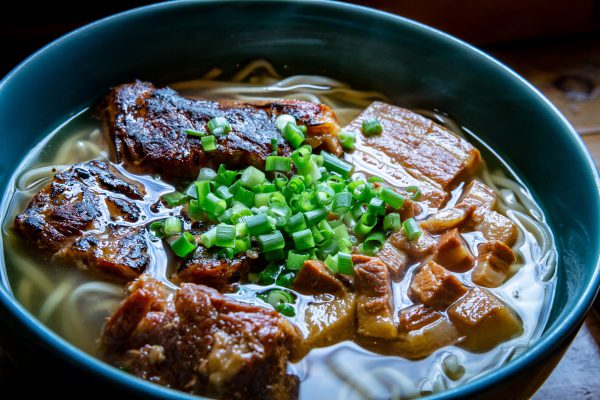Last Updated on September 26, 2022
They say flowers are nature’s way of laughing. And it’s true. Simply by being their beautiful selves, they lighten up our moods, so why not use them in the kitchen to lighten up our dishes too?
Everybody knows that a good presentation plays a big part in having a wonderful dining experience. So, let’s talk about the best edible flowers and how to use them in the kitchen to blow your guests’ minds at the dinner table.
Edible Flowers
Dandelion
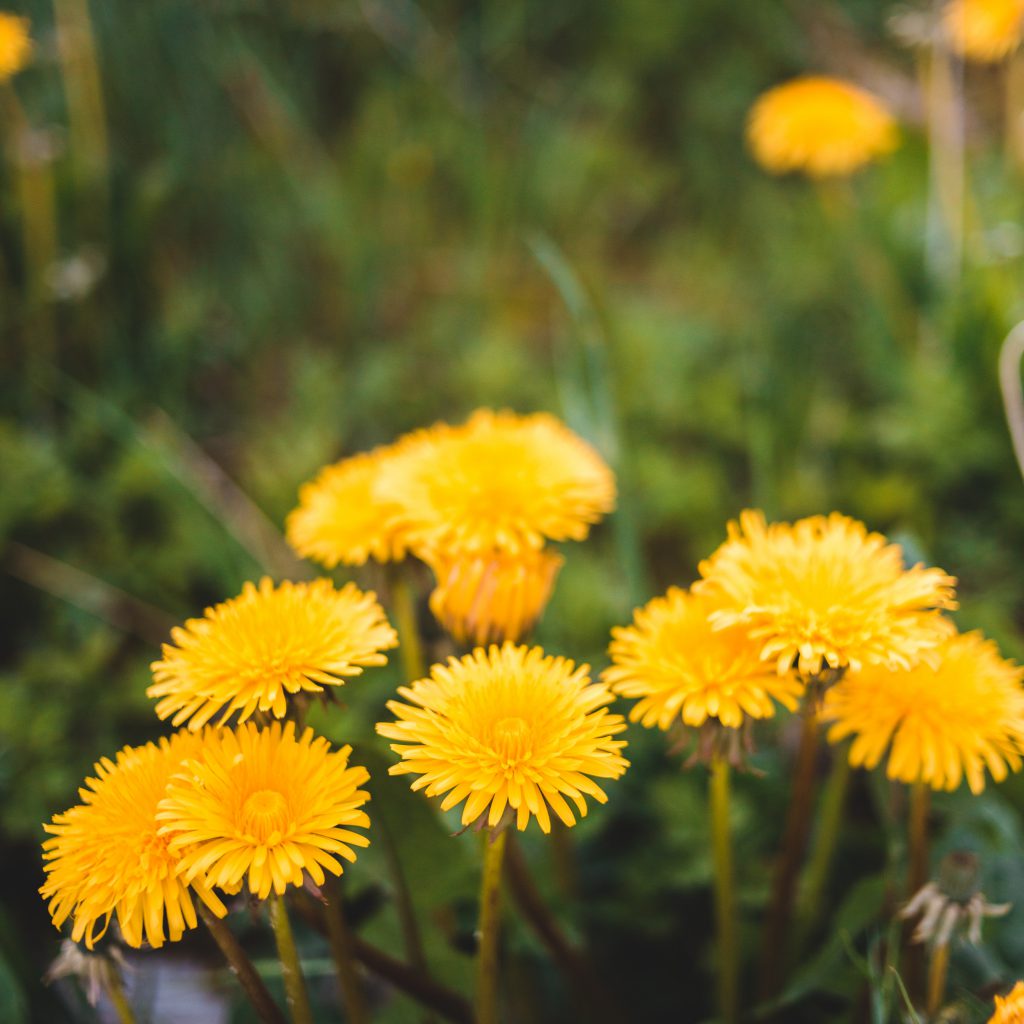
You can use dandelions to season and garnish your dishes, similar to how you use light, fresh herbs like dill or parsley. Dandelion petals are edible and make a colorful addition to your salads and green vegetables. You can also sautee them with a little squeeze of lemon and garlic for a simple and delicious side dish.
Violet
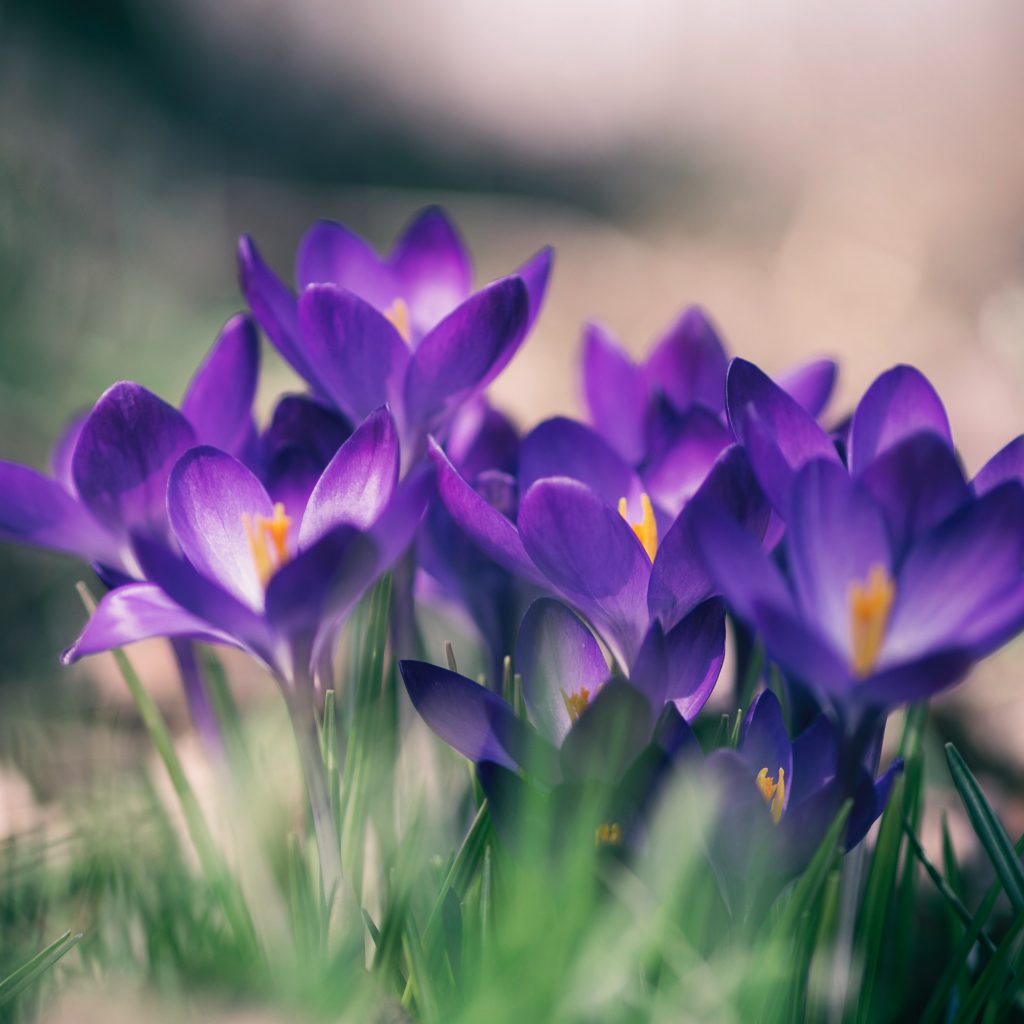
Violet petals and leaves contain high amounts of vitamin A and C. The petals are fairly sweet and will look gorgeous on your dishes. Violets pair well with ice cream and you can also make a violet syrup to serve with desserts and pancakes.
Another option is to add violet petals to salads and soups as garnish. Raw violets have strong, dominating flavors, so moderation is key.
Rose
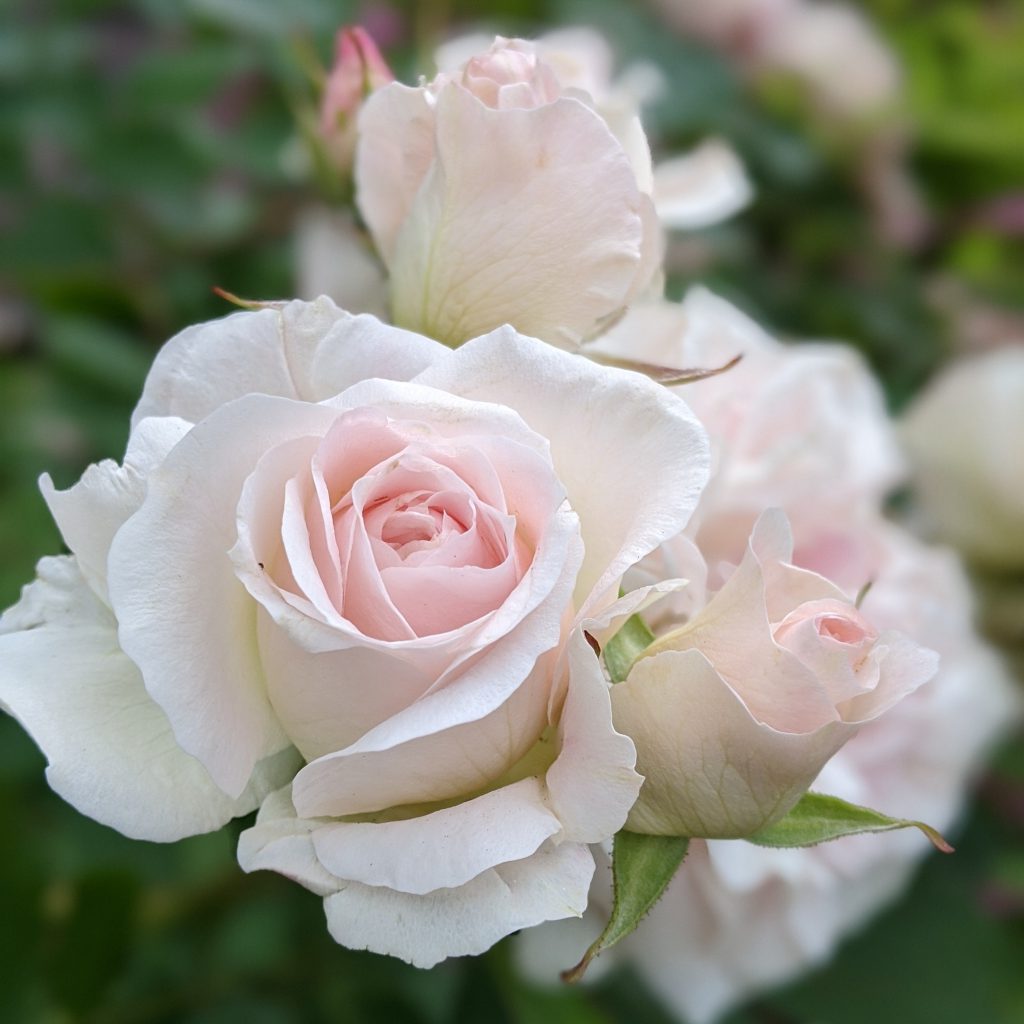
Roses are a classic ingredient in many recipes and are often used in jams, syrups, and alcoholic drinks. You can even use raw rose petals to add a little color to a green salad.
Rose petals have a soft aroma and aren’t bitter like some pretty flowers. They also come in various beautiful colors, so you can impress your guests with striking visuals just by adding fresh or dried rose petals to your salads and granolas. You can also crush dried rose petals into a spice mix for seasoning meat and poultry.
Nasturtium
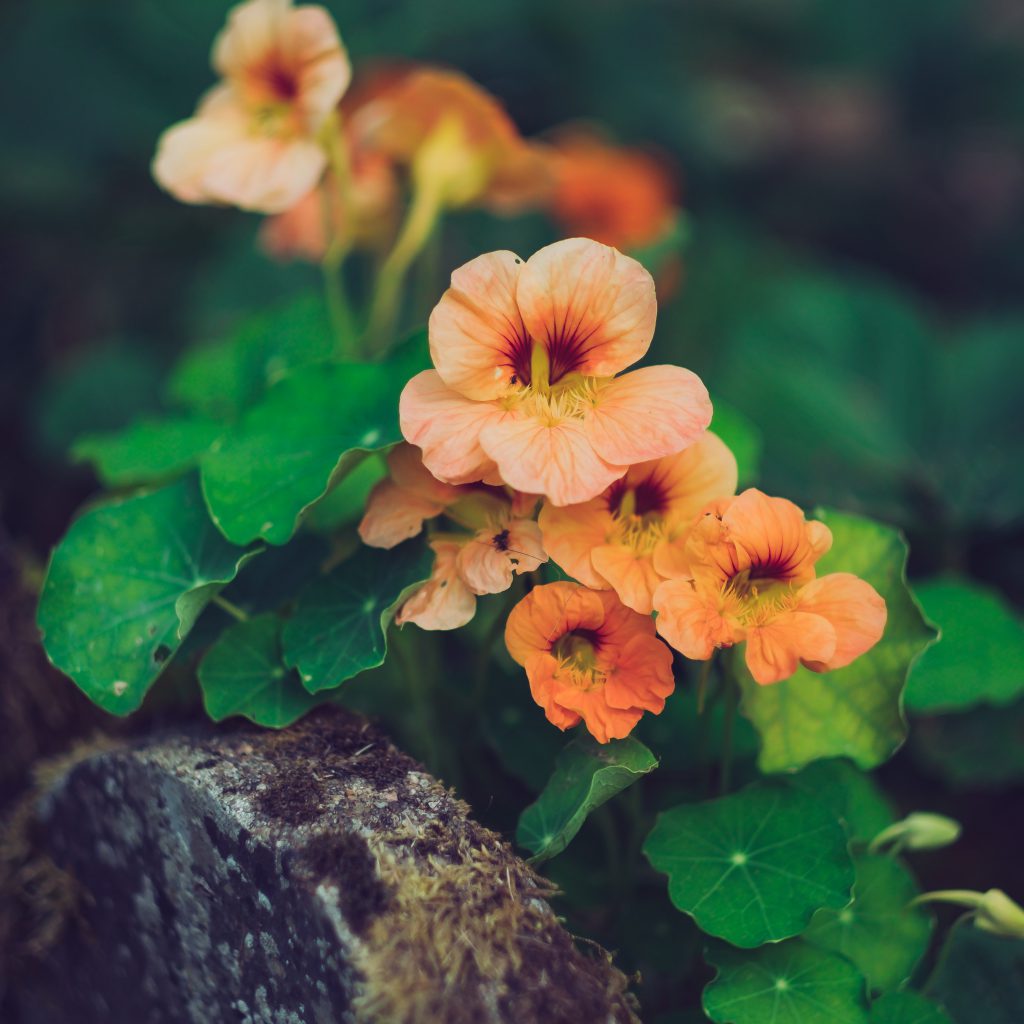
While not as popular as roses, nasturtium are an excellent addition to your recipes – they come in many different colors and are completely edible. Without worrying about poisoning, you can eat every part of a nasturtium, whether it’s the petals, the stem, the seeds, or the leaves.
Thanks to its peppery taste, nasturtium adds a savory touch to your salads and goes very well with cooked vegetables. You can use it to garnish pasta, baked potatoes, stir-fries, salads, meat dishes, and other savory treats. They’ll give an appetizing look to your omelets, sandwiches, and quiches.
You can also add nasturtium to your poultry dishes and pasta sauces while cooking, but make sure you don’t overcook them for the best results. Go easy with the seeds, as they’re generally more flavorful than the petals. Mature yellow seeds may have an unpleasantly strong taste.
Lavender
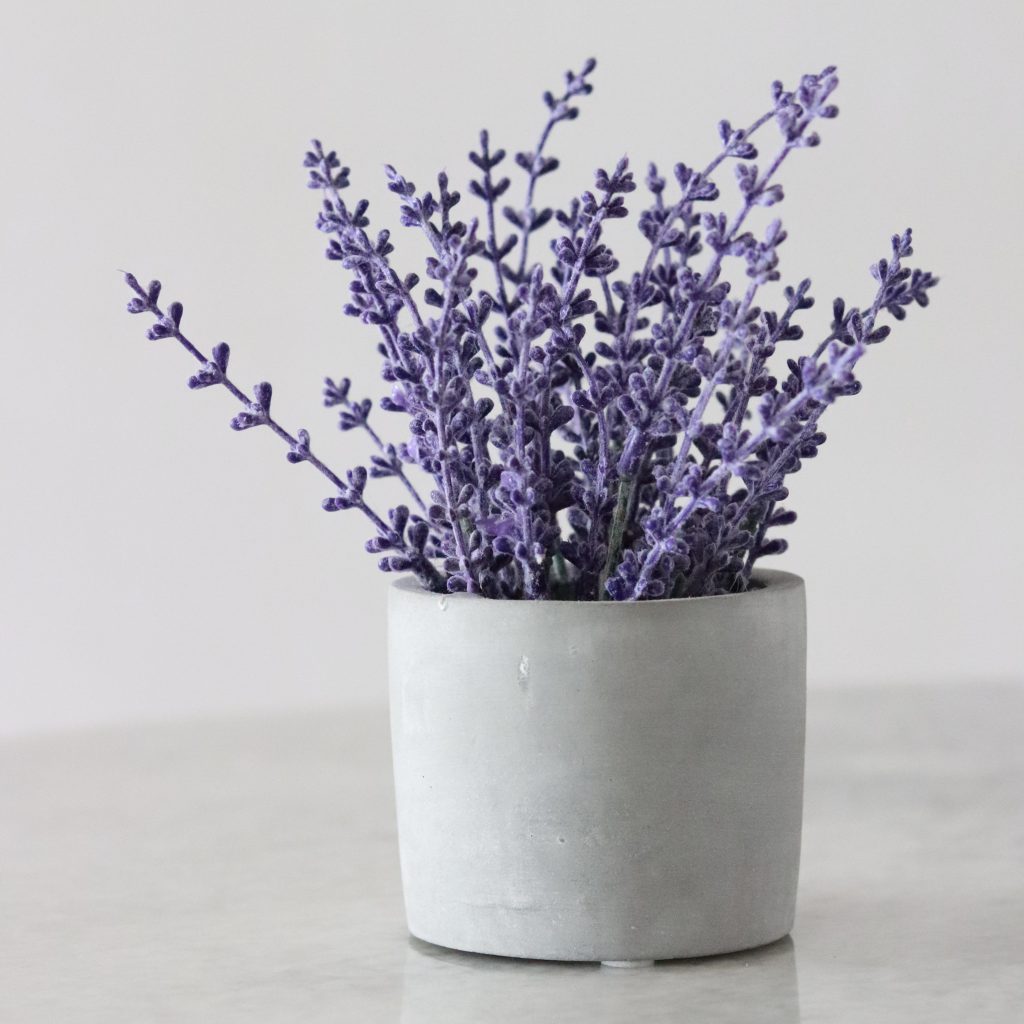
Fresh, tender lavender flowers are often used in baking to enhance the look and flavor of pastries. They’re not very sweet but bring color and floral touch to baked goods. You can add raw lavender to your cookie dough and sorbets or make an infusion to serve with teas and cocktails.
Lavender also pairs very well with rich and hearty foods and can be used as a seasoning for lamb or pork dishes. So, as a rule of thumb, if you think rosemary, oregano, or marjoram go well with what you’re making, lavender will be a good fit too.
You can make brown butter sauce by briefly frying the lavender in some butter and using it to top your roasted veggies and meats.
Borage Flower
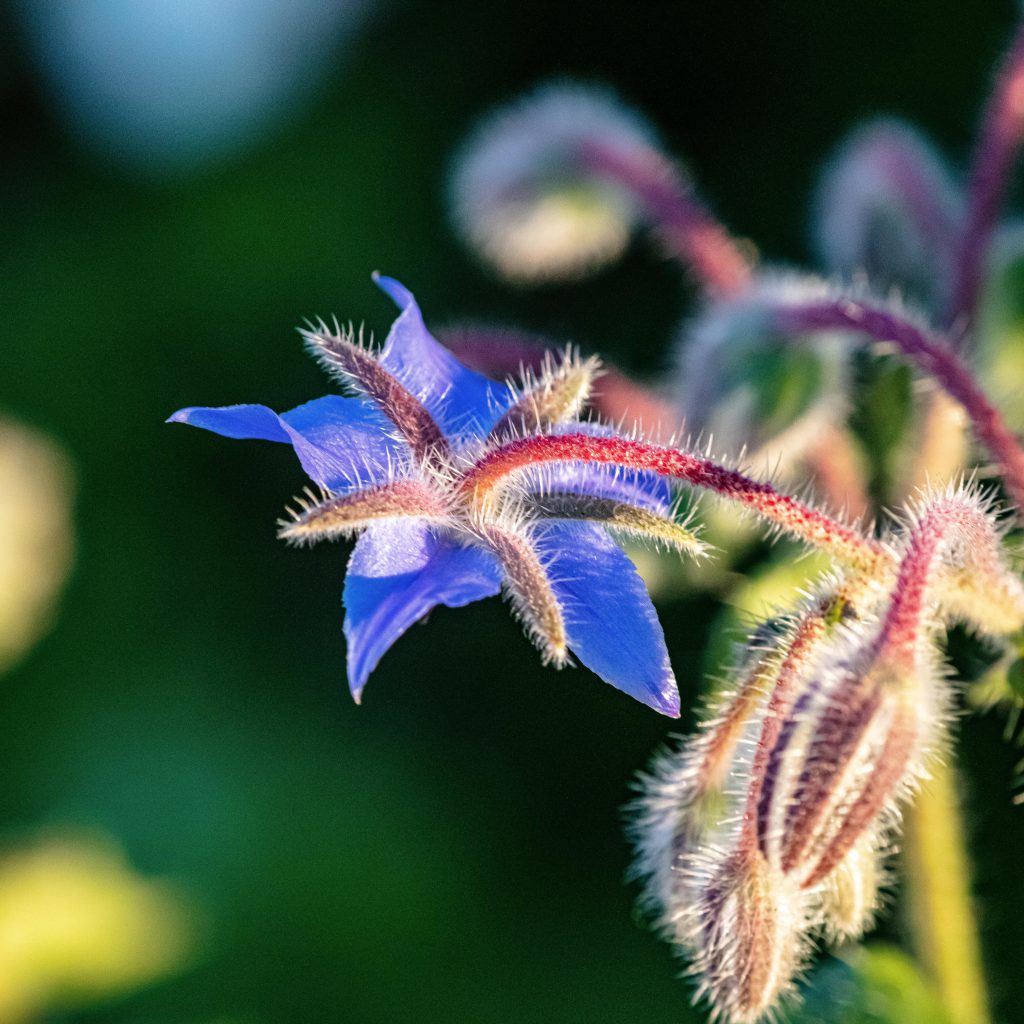
Borage flower’s leaves, flowers, and stalks are all edible, and they taste like cucumbers. You can mix them with cottage cheese for a delicious herbal spread or slice them to give your sandwiches a flowery twist.
Their fresh aroma will add depth to your cocktails and lemonades. Borage is a great garnish for yogurt mixes and fruit salads, especially if you want to surprise your friends and family a little. You can add borage flower into whatever salad you would normally add cucumbers. Alternatively, you can saute the flower with vegetables such as cabbage and spinach. To do that, wash the flower and remove the stalks and cook it on very low heat. Add the flowers into your saute at the last minute, preferably, as they wilt down pretty quick. It’ll add a unique cucumber flavor to your vegetable saute.
Courgette (Zucchini) Flowers
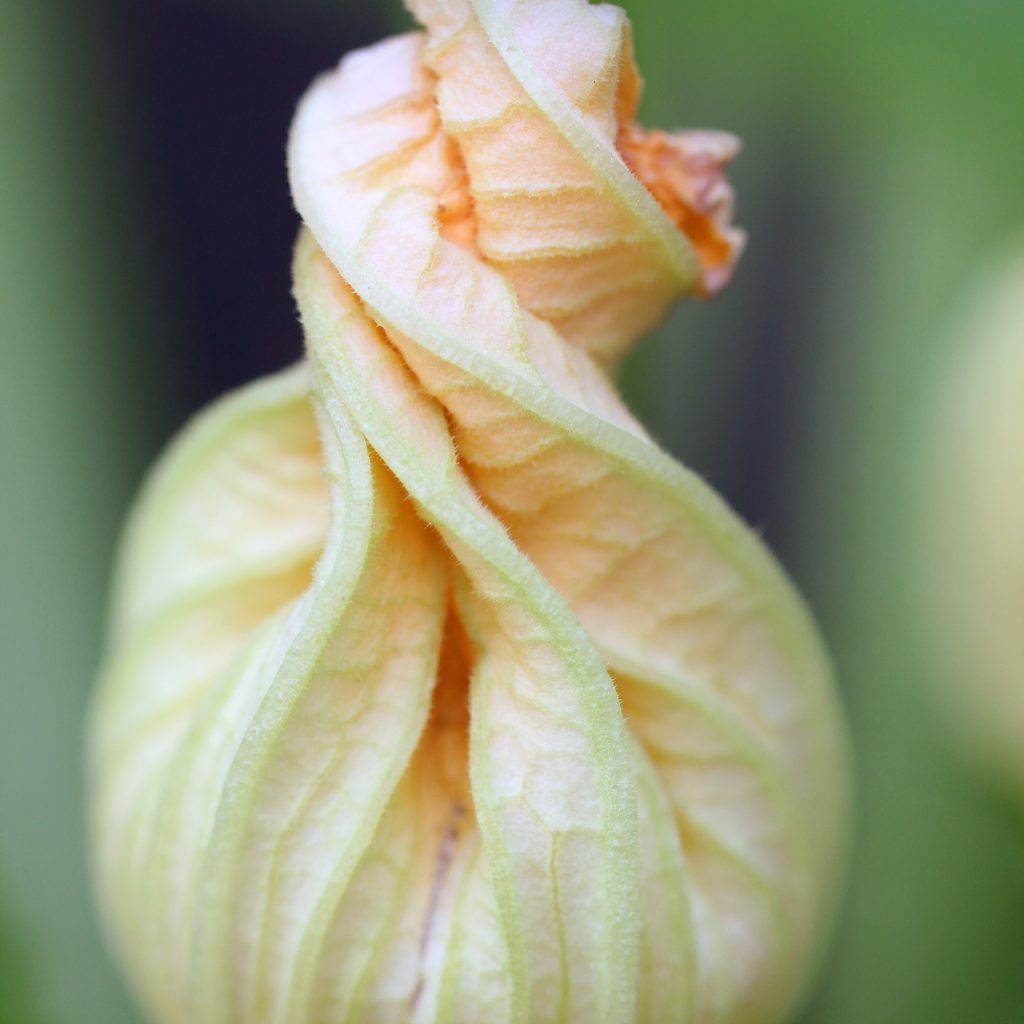
Squash blossom or zucchini flower recipes are common in Middle-Eastern, Mediterranean, and Mexican cuisines. These flowers are quite delicate and wilt easily, so they’re often prepared and served right after they’re picked. They’re a true delicacy.
You can deep fry them to make a zucchini flower fritter or make stuffed zucchini blossoms.
Zucchini flowers are great for stuffing, thanks to their embracing shape. Stuff the zucchini flowers with cheese, herbs, and pan-fry briefly with olive oil until the flowers are wilted enough to be eaten.
What to Cook With Edible Flowers
Flowers bring different and unusual colors, shapes, textures, fragrances, and flavors to culinary dishes. They’re commonly used to flavor sorbets, creams, jellies, and liqueurs, but you can also add them to salads and savory dishes.
The trick is to use them sparingly. There is no need to include them in all dishes, but they definitely step up your game when served with sorbets, salads, or sweets. Let your imagination run wild and try different colors and textures to find the most appetizing combinations! Here are some ideas to try your hand at incorporating flowers into your kitchen routine.
1. Spring Salad With Flowers

This simple yet candescent salad recipe will blow your guests’ minds at any gathering. Mix some baby spring lettuce or baby spinach with finely shaved half onion rings. Add some shaved cucumbers and baby greens if you have some. You could add carrot shaves too, but we’re going to color up the salad with flowers anyway.
For that part, you can add chrysanthemum, carnation, cornflower, dandelion, day lily, daisy, dianthus, citrus blossoms, jasmine, lilac, lavender, nasturtium, rose petals, passionflower, or violet. Just make sure to remove the stems.
Once you get the flowers, make sure they’re free of pollutants and pesticides, give them a dunk in cold water, and lay them separately on a towel to air dry completely. Add them to the salad at the last minute possible, so they look and feel the freshest.
2. Zucchini and Squash Blossoms Fritters
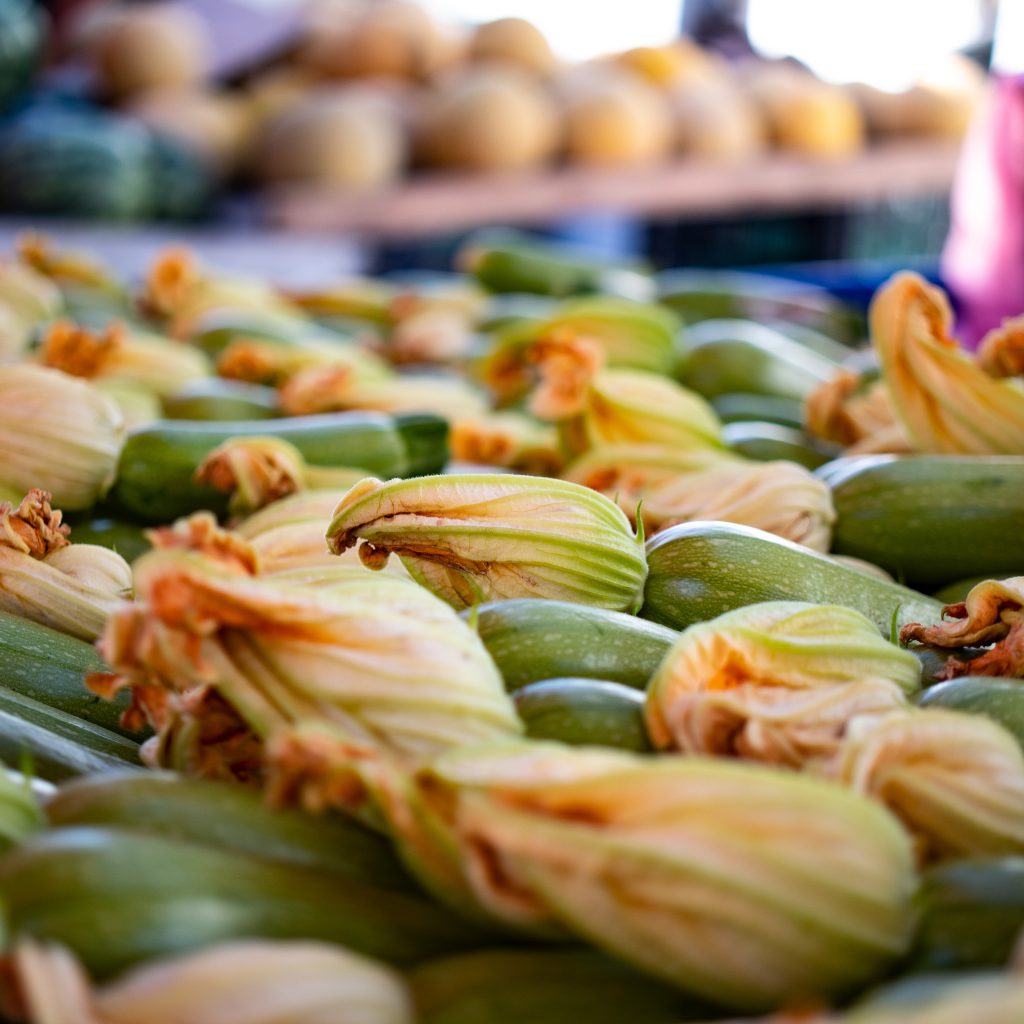
This recipe is well known in various cuisines, from Italian to Middle Eastern. Once summer rolls around, zucchinis and squashes start to blossom abundantly. You can pick the flowers or get them from your farmer’s market in season.
All you need to do is stuff the blossoms with a filling and then fry them. The filling can be made of cheese and anchovies — which is the traditional Italian way — or a mixture of meat, vegetables, and spices — that resembles the Japanese gyoza. Once you stuff the flowers, batter them with a mixture of flour and water (you can also use sparkling water or beer).
Gently dip the stuffed blossoms in the batter, drain the excess liquid, and shallow-fry them. Make sure not to overcrowd the skillet. Serve the fritters hot.
3. Flower Cookies

By Loria
This flower cookie recipe is one of the best ways to cherish the beauty of the flowers while tickling your palette with different flavors. Prepare some cookie dough with the following ingredients:
- 100 g sugar
- 1 tbsp lime zest
- 2 tbsps lemon or orange zest
- 250 g unsalted butter
- 1 tbsp vanilla extract or powder
- 300 g flour
- Fresh mint leaves (finely minced)
Mix sugar, lemon zest, and lime zest in a mixing bowl. Add soft butter and vanilla extract (or powder), and mix until fluffy. Start adding the sifted flour. If you have a stand mixer, you can use the paddle attachment to knead the dough. Otherwise, knead with your hands until you get a firm and moist dough. If it turns out too dry, add a bit of water or milk, but make sure it’s not on the sticky side and let it rest for about half an hour in the fridge.
When your dough is ready, roll it out until it’s about 0.5 cm thick. Use a cookie cutter to take pieces out of the dough. Brush a layer of beaten egg white on the cookies using a pastry brush and gently press the flower on the cookie. Place them in the baking tray and have them rest for about 15 minutes in the fridge — cookies turn out crunchier when the dough is cold before you bake them. Bake in the preheated oven at 175 C for about 15 minutes. Serve with pride.
4. Goat Cheese With Flowers
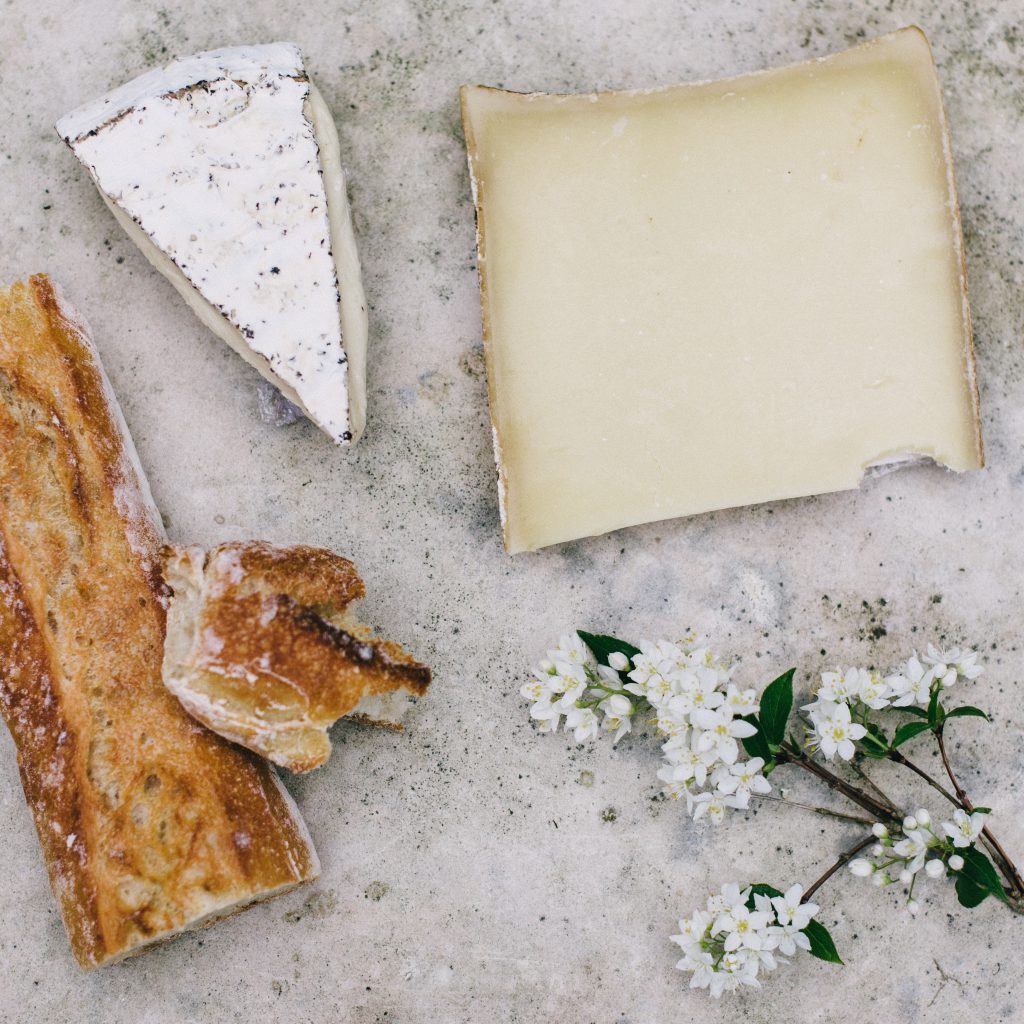
Cheese is the perfect canvas to show off some splashy flower petals. As long as you don’t overdo it, you can never go wrong with garnishing cheese with flowers. For this recipe, you’ll need the following ingredients:
- 500 g fresh goat cheese at room temperature
- 1 cup of arugula
- 2 cups of edible flowers (stems removed)
- Black pepper (freshly ground)
- Crackers, crisps, or baguette to serve
Bash half (250 g) of the goat cheese in a mixing bowl until it’s soft and smooth. Add finely chopped arugula and a pinch of black pepper. In another mixing bowl, bash the rest of the goat cheese with a pinch of black pepper. When smooth, add flower petals and leaves and mix gently. Leave some petals for garnishing.
Now you have 2 separate cheesy pastes. Form into disks and cover them with the remaining petals and place them on waxed paper. Refrigerate for about half an hour and serve with crackers, crisps, or baguette slices and olives on the side.
Where Can You Find Edible Flowers?
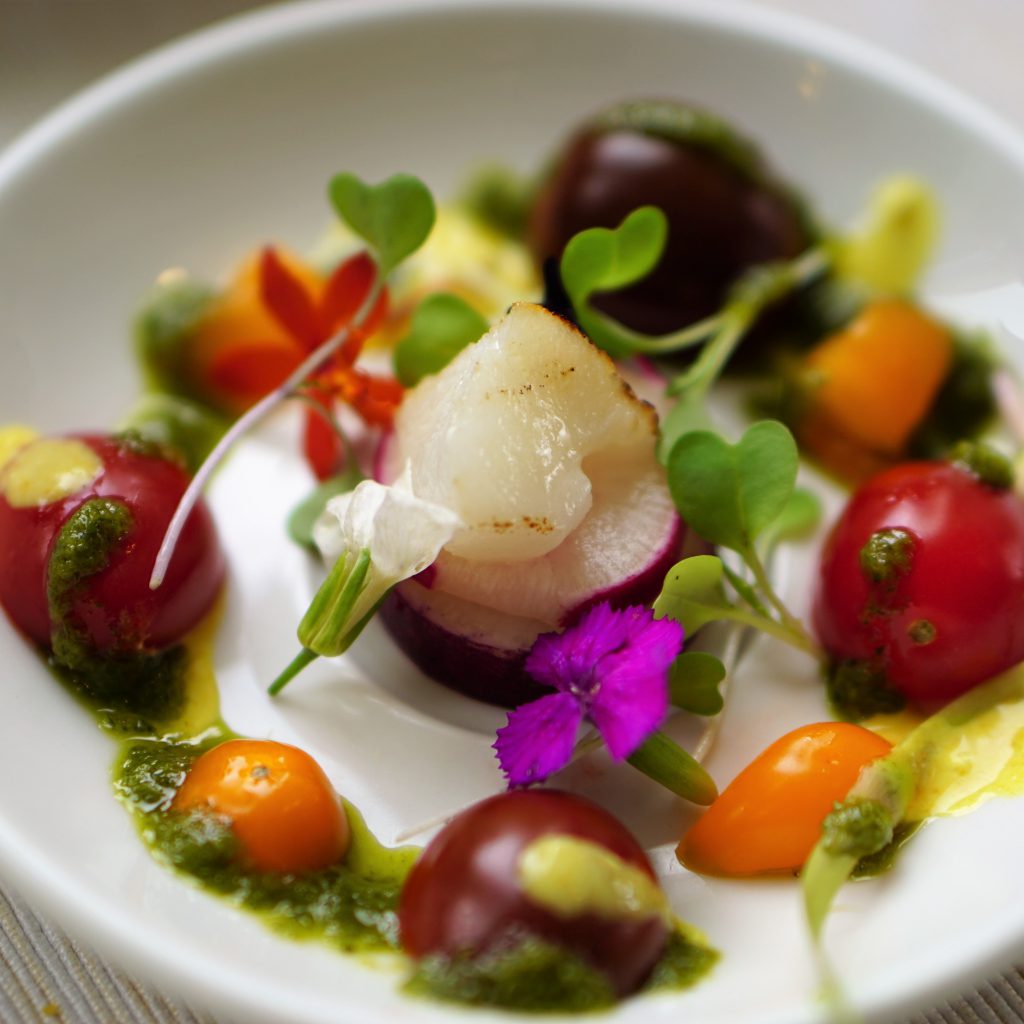
You can find edible fresh flowers in farmers’ markets and buy dried flowers and seeds from herbal stores. You can also grow edible flowers in pots on your balcony or in your garden! If there aren’t plant nurseries nearby, you can find all kinds of seeds on the Internet.
You can also pick wildflowers, but this can be a bit challenging if you aren’t well-versed in botany because you may end up picking toxic flowers. You should be careful to avoid polluted areas, fields close to factories, and other industrial production sites. Also, some flowers are prohibited for consumption, even if they are organic. It’s best to consult the internet, a herbalist, or a pharmacist before you eat a flower that you find in the wild.
If you’re hand-picking your own flowers, pick the ones that are on top to avoid any risk of contracting echinococcosis — a disease transmitted by the defections of animals like foxes, dogs, and cats.
There are hundreds if not thousands of flowers you shouldn’t eat, including but not limited to arnica, arum, honeysuckle, colchicum, datura, digitalis, euphorbia, broom, wisteria, oleander, horse chestnut, lily of the valley, narcissus, rhubarb…and many more.
You also shouldn’t eat or decorate your food with flowers you bought from the florist! While they are very beautiful, they are often treated with pesticides and other chemicals.
How to Store Edible Flowers?
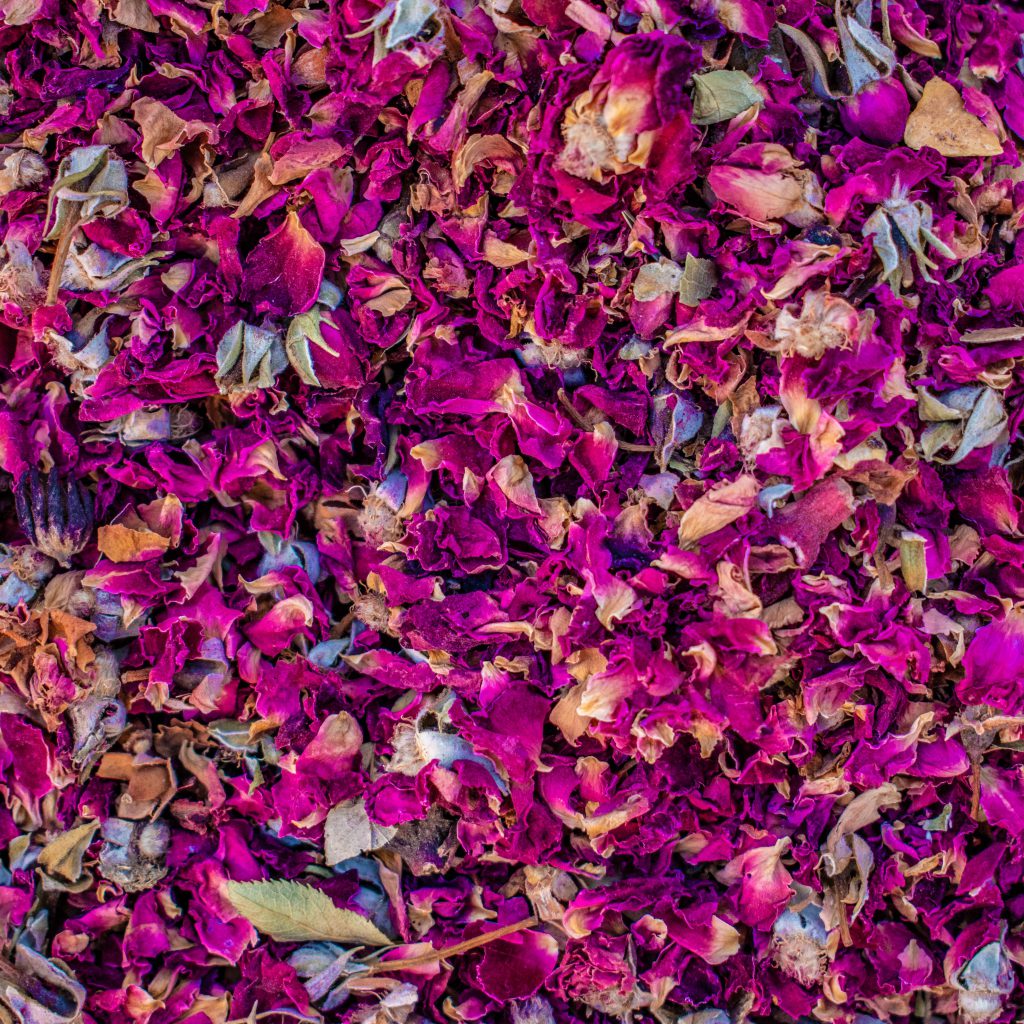
Fresh flowers must be consumed quickly. In general, you can eat them within 2 to 4 days after picking. Otherwise, let them air dry and store them in an airtight jar. They last for a long time and look wonderful on your countertop.
What Are the Other Uses of Flowers?
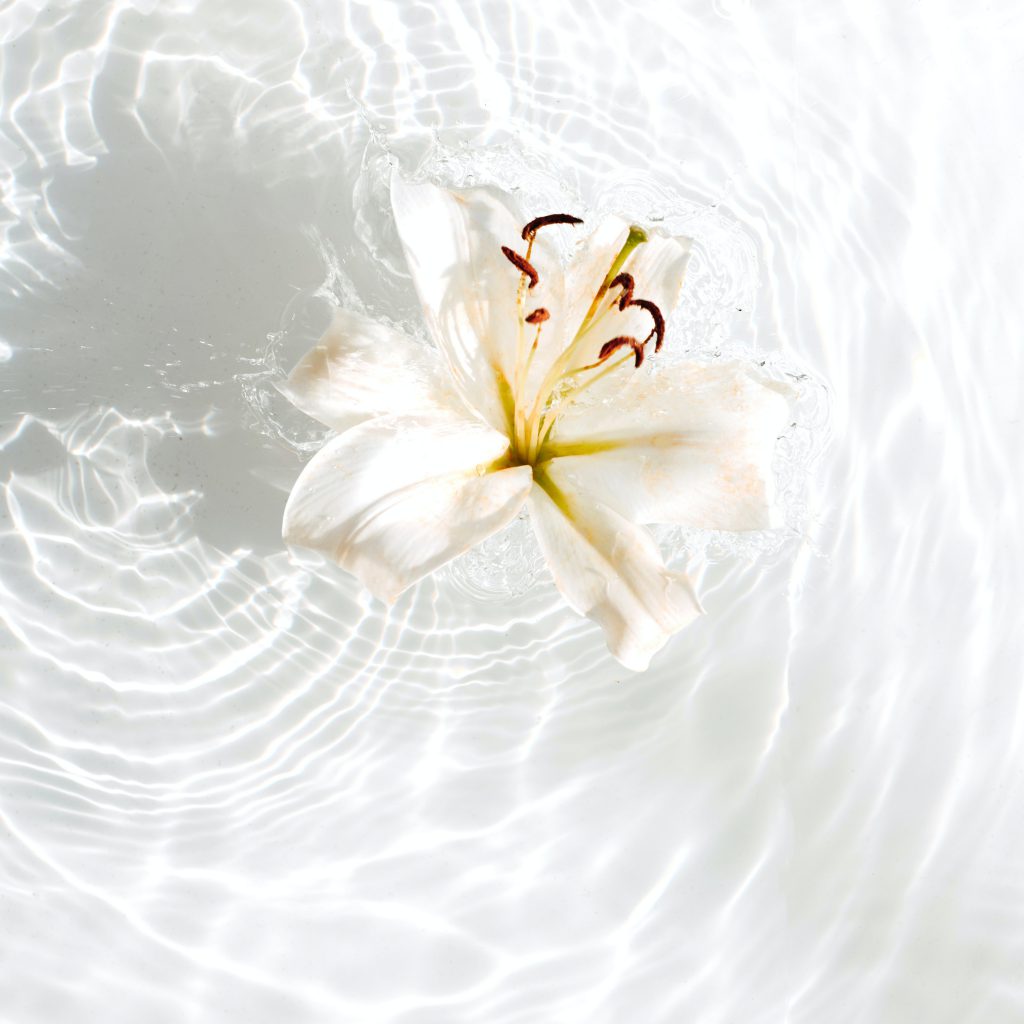
There are all kinds of things you can make with flowers! Have you ever tried floral waters or hydrolats from flowers? Orange blossom water, rose water, and lavender water are also some popular infusions used in cooking, skincare, and herbal remedies.
For example, Immortelle water can be used to treat rosacea and bruises, while rose water is a popular face tonic. Of course, hydrosols must be organic, and you should avoid hydrosols made with additives, preservatives, or alcohol.
You can also make relaxing and mood-enhancing herbal teas and infusions with chamomiles, marigolds, red clovers, California poppies, and many others!
Flower Power!
Flowers evolved to attract and seduce bees and other animals with their scents and colors. But why not take advantage of their beauty to captivate and entice your dinner guests as well? Flowers have been popular cooking ingredients in many cultures throughout history, and home cooks everywhere are rediscovering their appeal everywhere.
Use edible flowers for cooking, decorating, and seasoning your dishes. Uncooked petals retain their shape, color, and freshness and are lovely for plating.



